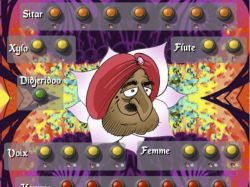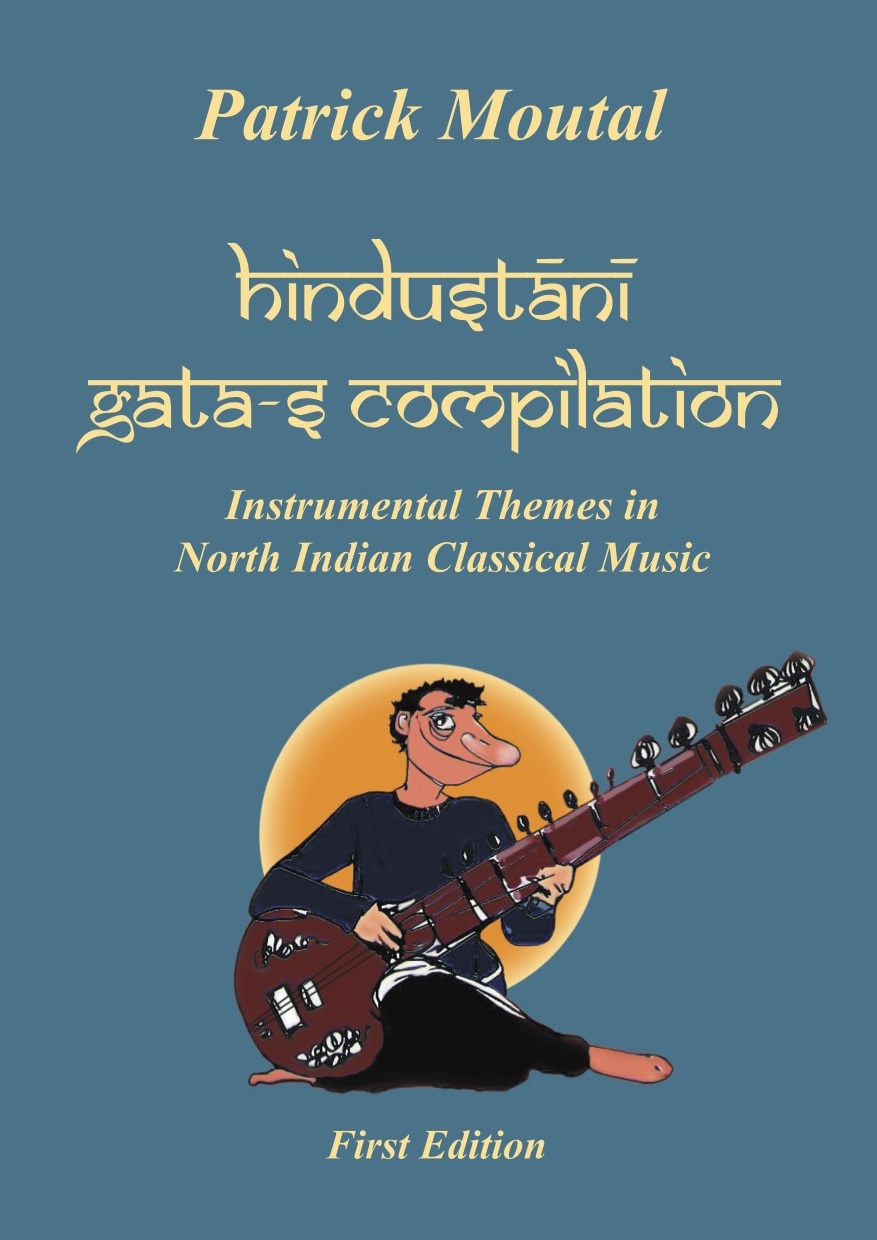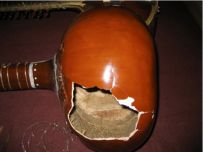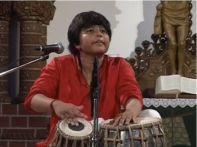 Si vous avez un PC ... vous avez besoin de télécharger le Plug-In QuickTime (gratuit) pour pouvoir visionner les vidéos. Enfin, un clic-droit avec votre track-pad ou souris vous permettra de les télécharger. Sur Mac, appuyez sur la touche control (ctrl) de votre clavier tout en sélectionnant le fichier et le tour sera joué pour télécharger la vidéo. Armez-vous de patience ! certaines vidéos sont un peu lourdes. Le prix du Plaisir.
Si vous avez un PC ... vous avez besoin de télécharger le Plug-In QuickTime (gratuit) pour pouvoir visionner les vidéos. Enfin, un clic-droit avec votre track-pad ou souris vous permettra de les télécharger. Sur Mac, appuyez sur la touche control (ctrl) de votre clavier tout en sélectionnant le fichier et le tour sera joué pour télécharger la vidéo. Armez-vous de patience ! certaines vidéos sont un peu lourdes. Le prix du Plaisir.
If you have a PC ... you will need to download the free Plug-In QuickTime in order to see the videos. Last but not least, a right-click on your track-pad or mouse will allow you to dowload and save the file to your computer. On Mac, simply click the control key (ctrl) of your keyboard while selecting the file and you're done ! Be patient ! some videos are a bit heavy. The price of Pleasure.
Register on the Site to get full access to its contents (audio and video archives) and to receive the monthly Newsletter!
Please, be ethical ! Never publish mp3 and videos of the site on YouTube or the like
A total of 316 pictures of instrumentalists of hindustani are available for browsing. For commodity purpose, I have divided this album into 4 parts: A, B-I, K-P, R-Z
Enfin terminé. Quel bordel ! Vous pouvez regarder des photos des différentes étapes de la réparation. Ce sitar m'a été apporté en réparation par David Kleiner. L'instrument a été cassé pendant le transport en avion. Quelques morceaux de tumba (gourde) manquaient et d'autres étaient trop petits pour que l'on puisse les utiliser.
Après avoir enlevé les bandes de backelite (un matériau, comme chacun sait, constitué de phénol formaldehyde, un ancien type de plastique, inventé aux USA en 1907 par Léo Bakeland, dont la particularité est qu'on ne peut, après lui avoir donné sa forme, en altérer sa forme ou le faire fondre à la chaleur) tout autour du tumba avec la difficulté habituelle puisqu'on en casse invariablement de petits morceaux, je détablai le tabli (table du sitar) qui avait été collé avec un matériau sûrement interdit par la Convention de Genève ! tant la colle était dure - ce qui ne se fait évidemment pas ! Je remarquai alors 2 choses bizarres : La face interne du tumba avait été tapissée d'une mixture de poussière de bois/courge et de colle comme pour réenforcer la gourde, ce qui pourrait laisser penser que cette dernière était déjà endommagée à la fabrication. De plus, il y avait une horrible pièce de bois (voir photo sur la page dédiée) dépassant d'un côté du joint entre tumba et danda (manche) qui aurait dû être au moins coupée à ras. Sans commentaire sur le type (je n'ose utiliser le noble mot luthier) qui a fabriqué le sitar.
Je commençai alors à reconstituer le puzzle et à coller ce qui pouvait l'être. Pour les morceaux manquants, je prélevai - comme pour des greffes - de petits bouts de la gourde à partir de la face interne, morceaux que je taillai au canif et enfonçai en force, au marteau. S'ensuivit le colmatage à la pate à bois, un long ponçage, re-pate à bois, reponçage. Je collai alors le tabli au tumba. Pour combler les interstices entre tabli et tumba, colmatage à la pate à bois, puis ponçage. Je replaçai alors les bandes décorées en backelite puis passai 4 couches d'une mixture de ma composition pour donner à la gourde la consistance et la pigmentation désirées. Après ponçage, je passai successivement 3 couches de vernis au tempon. Je dus fabriquer une pièce d'os servant de support au chikari et faire un nouveau trou, l'ancien étant inopérationnel puisque l'os s'était cassé à ras. Ne restait plus qu'à mettre les cordes, à poncer les chevalets, qu'à coller des cales de bois sur les pieds des chevalets, pour en donner l'angle correct et enfin, à faire les jawaris - c.a.d. à "faire le son". Le travail était enfin achevé après avoir verni les chevalets en place et accroché l'instrument réparé au mur.
Enfin, pour naviguer rapidement dans tous les Albums de photos de la page Musique Indienne, vous pouvez cliquer dans ce lien.
Just finished it. What a mess ! You may see pictures of the different stages of the reparation. The sitar was brought to me for repair by David Kleiner. It got broken in pieces during the flight. Some tumba (gourd) pieces were missing and others were so small that I could do nothing with them.
After removing the backelite stripes (as everyone knowsn a material made of phenol formaldehyde - old type of plastic - invented in 1907 by Leo Bakeland in USA, which, once shaped, cannot be softened by application of heat) around the tumba with the usual difficulty as it unvariably gets broken at places, I removed the tabli (sitar table) which had been glued with a material which is surely prohibited by the Geneva Convention - so hard it was to separate it from the tumba ! I then noticed two weird things : the inner tumba was coated with a mixture of wood powder and glue as to reinforce it... It could mean that the tumba was already damaged or broken at places. The second thing was that there was an uncanny wood piece sticking out of the joint between tumba and neck... No comments on the guy who did it.
I then started to reconstitute the puzzle and glued what I could together. For missing pieces, I withheld some material from inside the gourd, cut it to size and fitted it. I then finished up with wood paste, sandpapered it for long, reput some wood paste, resandpapered. Tabli was reglued to tumba. As they were interstices, I filled them up with wood paste, sandpapered, replaced the backelite decoration stripes and applied 4 layers of a coating of my composition to give color and consistancy. After sandpapering, I applied 3 layers of alcohol varnish with a piece of cloth. I shaped a piece of bone for the higher chikari as the original one was clean broken at the level of the neck and had to drill a new hole for placing it. Strings were replaced, Bridges were shaped and pieces of wood added to give the proper angle. At last, jawaris were done. Work was done after varnishing the bridges into place and hanging the sitar on the wall !
Last but not least, to quickly browse the contents of all Picture Albums of the Indian Music Page, you may click this link.
Réparation du tanpura de ma classe au CNSM, en mars 2003. Ce n'était pas une mince affaire ! Cliquez le lien pour voir le travail en photos ou, mieux encore, pour voir rapidement le contenu de tous les Albums de photos de la section musique indienne, cliquez ce lien.
Reparation of my class room tanpura, in march 2003. That was something ! Click on the link to see it in pictures or, in order to browse quickly, in a nicer fashion, through all the Music Picture Albums of the Indian Music section, you may click on this link.
You'll find a video excerpt (08:18) 15,2MB, of a tabla recital, given in Berlin, by Rimpa Siva, a very young and talented tabla player from Calcutta. I think the video was shot in 2002 while she was barely sixteen years old.
She mainly learned from her father Swapan Siva, pupîl of late Karamatullah Khan of Farukhabad Gharana.
The harmonium accompaniment is by Sankha Chaterjee, a well-known tabla player from Calcutta.
That DVD has been produced by Franco Rivoira, the italian gentleman who made that excellent DVD of Shaheed Parvez. Its selling price is 25€ - postal charges extra. You may send a mail to the publisher to order it.
Anew double DVD of Shahid Parvez "A journey with Saraswati" just came out in Italy. It is published by DhereDhereVideo. Don't waste a second ! eMail them right away to get it ! Total time is approximately 180 minutes and its costs is only 30€, postal charges extra.
This DVD is the most well-made DVD I have ever seen on Indian Music until now. Franco Rivoira is a true amateur of Rag Sangeet, a sincere student of Sankha Chaterjee and a true gentleman - in the literary sense of the term. That is probably why we don't have here a mere "product" thrown in the market but a DVD filmed and conceived with all love, care and attention possible.
Shahid Parvez plays Puriya Kalyan Alap, Jod, Jhala, Vilambit & Drut Teental. He also unfolds Shahana, Alap, Jhaptal, Drut Ektal, then a Misra Piloo with an Alap, Deepchandi and 2 Drut Teental compositions - of which the first one seems to me to be a Zila Kafi Gat.
Last but not least, there is also a pretty lenghty interview of Shahid Parvez in which a number of topics are discussed as well as an interview of Sankha Chaterjee.
With the permission of Franco Rivoira, I have put an excerpts of Shahid's Puriya Kalyan in which he demonstrates his mastery over tan-s. Good download !
 You may like to visit this web page to try your hand on indian (like) music. Strictly for fun !
You may like to visit this web page to try your hand on indian (like) music. Strictly for fun !

Sound Soap 2 of Bias is superb. I wish I knew about its existence years ago when I was exhaustively cleaning up old discs and badly recorded concerts in order to burn CD and prepare mp3 ... At that time, there existed a solution. I think it was called O'Cedar (like the carpet cleaner !) but costed several thousand dollars and therefore was not meant for individuals... It was consisting of a hardware PCI card (with a sound processor dedicated to cleaning) and an attached software. Not for me ! not for us !
SoundSoap 2 came too late for me ! recording job is practically all done and there's lot of clicks, crakles, hum, rumble on my archives. I hate to think that SoundSoap could have taken them off in a jiffy. Go and have a look at it !
You can download a trial version for your Mac or your PC (nobody's perfect) fully operational for 14 days and if you like it, take $99 out of your pocket and it's yours to enjoy. If you live in Europe, it's not too costly with the conversion rate dollar / euro. It works as a standalone or as a VST or AU plug-in. Although it really does the job, please don't expect an alchemical result ... it betters but can't transform an old 78rpm disc into a luxurious DTS !



































































































































































































































































































































